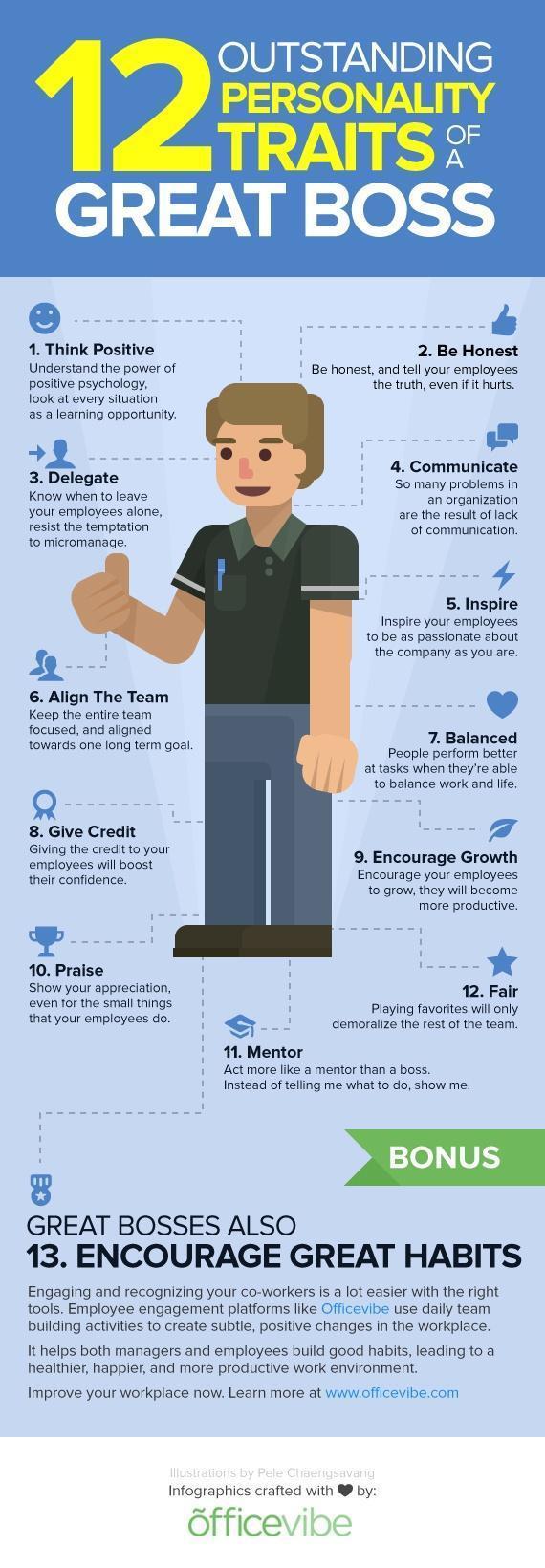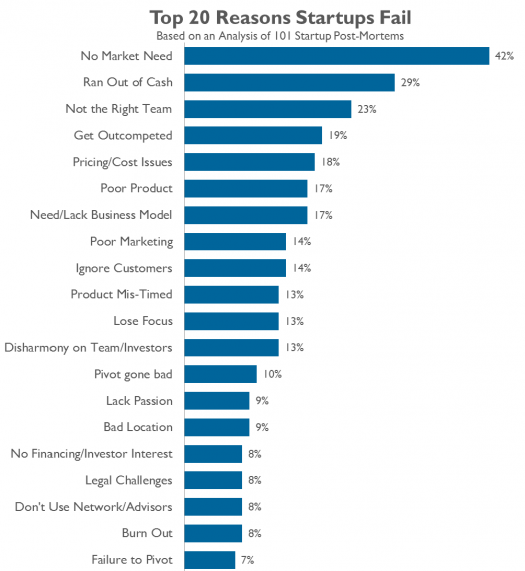Curious to know what it takes to scale businesses to the $100 million dollar mark? Here’s 5 powerful business lessons that I learned from someone who’s done this many times.
Well, I keep tuning into different podcasts and often take notes regularly. This blog post is the essence of an hour long podcast I recently heard.
If you listen to what I’m going to share below, you will also be able to take away at least one or two key business lessons that can help you take your company to a whole new level.
[su_youtube url=”https://youtu.be/l4Ia6i1YQEs” width=”800″]
Let’s begin with a man whom not many may have heard of, but who’s experience has shaped the growth trajectory of many reputed brands.
 Cameron Herold is the author of the book ‘Double Double’.
Cameron Herold is the author of the book ‘Double Double’.
He has been featured in Wall Street Journal, TED, SUCCESS, New York Times, FORTUNE magazine, BLOOMBERG and several other business publications.
He’s been known as the ‘go to’ person hired by big companies, for scaling their businesses.
He’s not done this once, but several times.
He’s taken businesses from scratch to over a 100 billion dollars over and over again, because he has a winning formula.
This is the formula that I’m going to be sharing with you today, based on my learning.
Some of these points I have implemented in my own business, and I can see it scaling up at a faster pace.
Lesson 1 – The Four Cornerstones Of Business Success
 Cameron first talks about the 4 cornerstones, that shape any business. He mentions that once these are in place, everything else automatically falls in line thereafter.
Cameron first talks about the 4 cornerstones, that shape any business. He mentions that once these are in place, everything else automatically falls in line thereafter.
a. VALUE – What value are you providing the market place?
b. PURPOSE – Why are you in business? Is it beyond just making profits?
c. BHAG – What’s your Big Hairy Audacious Goal (30-year stretch goal)
d. VISION – How do you see things going in the future? How can you adapt?
First is the VALUE SYSTEM, the PURPOSE of your business, and the BHAG (Big Hairy Audacious Goal) you have for it.

This is a large goal, with a timeframe of 30 years, your big vision for your business. Most businessmen know what they speak about, what they do, but very few know why they do it.
Always have the ‘why’ and VISION figured out first, perhaps the most imp of all business lessons for any entrepreneur.
Lesson 2 – Create Your Vivid Vision Manifesto Document
 Lots of businesses do vision statement or mission statements.
Lots of businesses do vision statement or mission statements.
Cameron doesn’t believe in that and says that the business owner needs to create a ‘Vivid Vision Manifesto’ document. This is slightly different from a vision.
According to him, a ‘Vivid Vision Manifesto’ document is a 4 to 5-page document, which has a crystal clear vision of the end goal or what is the ideal situation that you want the company to be in.
This document details the path you need to take if you want to sell your business 3-4 years down the line for $100 million.
Write this document as you envision the future.
Draft it in the present tense, as if you’ve already achieved what you set out to do. This should be a very detailed document of how the business is running, what’s your capital like and details of your team. It should also be very crystal clear.
What do you hope to achieve with this?
When you visualize this document in such detail, it will trigger ideas along the lines of law of attraction. Instead of a vision board, this ‘vivid vision manifesto’ document keys details into place. If you’re investing time to put it together, it is really worth it.
Once the vivid vision manifesto is done, get a copywriter to make it attractive.
Add some graphic design elements to it. Make it a proper document which can get you pumped up, every time you read it. It will push you to go out and achieve whatever you want for your business.

Cameron says ‘Vivid vision’ documents are more powerful than vision statements. One of the biggest business lessons that I’ve learned.
The latter is just a statement, but the former describes the vision in its entirety.
He then prods business owners to ‘Pass it around to everyone’. The document can be passed around to Suppliers, Team members, Contractors, Stakeholders for their feedback.
What parts can come true in Year 3?
What parts can come true in Year 2?
What parts can come true in Year 1?
By envisioning the growth of the business in its entirety, you can actually reverse engineer the whole process. He talks about reverse engineering, but only after putting this initial document in place.
This is first exercise every business owner must do. If you’re really not clear on where you want to go with it, it is not going to help you. Get your vision in place first.
If you’re really not clear on where you want to go with it, it is not going to help you. Get your vision in place first.
Lesson 3 -The 4 Turbo Boosters To Rapid Scale
In the business lessons that I’ve learned, I realised that when it comes to execution and getting things to move fast, you need to focus on these 4 key areas.
1. PEOPLE SYSTEMS
Because people run the businesses and everything related, which can really help with scaling
- Hiring Process: Have a process to only attract the BEST talent
- Training process: Once they are in, run thru a rigorous training program to execute at top standards
- Integration into the system: Making them fit into the right role with the right teams.
- Coaching and support that they are going to get for their business: Hand holding
- Promotional activities, specific to getting more people into the business
- Off-boarding: Getting under productive members off the A-team list
2. STRATEGIC THINKING
This helps you re-assess on whether you are heading in the right attention.
- Core Goals – Think about your goals before thinking of breaking even with the business
- Direction – Are the goals leading you towards making the right decisions
- Are there 1 year and quarterly plans in place, and how much business you want to achieve
3. MEETING RHYTHMS
- Highly functional meetings are important because most meetings in most companies lack direction. People tend to waste time.
- The structure has to come true. I’ll be sharing a formula by Cameron on how to run highly functional meetings.
4. FINANCIAL SYSTEMS
This is probably the most important of the four.
- Weekly & monthly financial reviews
- Reporting systems in place that can give actual clear picture of where business is heading
If you don’t have financial systems in place, even with everything else going, you really are clueless of where the business is going.
THE 3 CRITICAL FACTORS ON HIRING VIRTUAL TEAMS
I’m running an online business and hiring people online, everything is happening in the virtual world. The 3 things to keep in mind before hiring virtual resources are,
– People who can communicate clearly
– People who can leverage technology well; project management and video conferencing
– People who deliver on their promises
Virtual team members wont check in and out of an office like a 9-6 full-time resource. But need to have somebody who is strong in knowledge, delivers on their promise, communicate clearly, leverage technology and are accountable.
Infact one of the first big questions to ask, is ‘Who is that first big hire?’
Cameron says that you have to hire a ‘solo entrepreneur’
Somebody who’s a jack of all trades, who’s good at getting stuff done, who’s a good delegator and having a good entrepreneurial side to him. Here’s a pretty awesome infographic from makeuseof.com on the 12 traits of a great boss, or leader!

Once this is in place as a startup, it will take things to a particular level and then you can hire people who are specialists.
This is his formula for a scale-up. This is the way to move from a start-up, to a medium scale enterprise to a large scale enterprise.
Lesson 4 – Four Types Of Meetings Rhythms To Boost Productivity
I really like this part, and it’s something everyone should know. There are actually 4 types of meetings you can do in a business, which are also mentioned in Cameron’s book.
a. Strategy Meeting (between 2-4 meetings per year)
Can be Annual Retreat, can be OFFSITE – FULL DAY – Customer, employee, team building. Here the entire company comes together.
Quarterly Retreats – OFFSITE – This involves customer, employee, can help team building, and where the internal team comes together. This comes under strategy meetings, which are not just fun but also plenty of education that can be incorporated.
Monthly Meetings
- Monthly Review Meeting (maximum 1hr each X 2 meetings/month)
- Finance Meeting is the first, where Profit and Loss is shared with the team. This is a very imp meeting.
Strategy Meeting, is all about what should we do? Based on financial reports, what should be the further course of action, to scale the business to next level.
b. Weekly Leadership Team Meeting (1hr max or 30 mins)
The agenda for this is simple,
20 mins – This time needs to be spent on Quick Updates (such as what’s going on / what’s not on path / what’s getting stuck). This should be tackled department wise, rather than grouping everyone into the same room. Manage the HR team meeting, business development meeting separately. Any initiatives need to focus on a specific topic.
20 mins – This time is spent on dashboard and KPI’s review for last week
20 mins – Help teams with obstacles they face. Give them ideas on what needs to be done to come out of problems.
These weekly meetings and catchup’s should be max of 30 minutes and not more than that. Or between 30 minutes to an hour.
c. Coaching 121 Meetings
This is where the CEO coaches the management team. If there’s anyone getting stuck at a particular level, non performing at the top level, has to be tackled on a 121 level and not in a group.
d. All Company Daily Huddles
This is just a ‘Standup Meeting’ for about 10 minutes.
This works when the team is physically present in office, but not applicable when the team is virtual. It’s great to start the day when everyone gets to office, a huddle, where everyone talks about their successes, what they want to do for the day.
How To Run Productive Meetings
One of the key business lessons to learn is to get every employee trained on how to attend, participate and run meetings. Here’s a pretty awesome infographic from Entrepreneur.com on the state of the modern meeting.

A Basic Structure of the meeting is this :
- Clear Purpose, one purpose for the meeting.
- Not more than 3 outcomes to be discussed. More than three can dilute the meeting
- Agenda – Decide how much time you want to spend on each agenda, maximum 5 -10 minutes.
- Give people a chance to opt out of meetings. If someone is not required, they can get on with their work.
- Every meeting has to start on time
- Stop every meeting 5 minutes prior to the proposed ending time. If you are able to do this, then people will be encouraged to come back for meetings and make them productive.
Cameron also says to spend more time face to face or conferencing and reduce emails. The time spent in typing out emails can be reduced yet much more conveyed in that timeframe.
Lesson 5 – The Reasons Why Businesses Fail
- Stop Being Busy – As a business owner, aim to focus only on highest impact areas.
- Most businesses fail also because there is ‘No Strong Financial Model’
- No Focus, in the direction where the business is going
SOME OF THE MOST IMPORTANT THINGS TO REMEMBER;
- Many times business owner takes things too seriously. At the end of the day though, it’s just work.
- Every CEO needs to have some fun along the way and enjoy the HAPPINESS QUOTIENT. Enjoy the wings and successes. It’s no point working like a machine from morning to night.
- It’s no point just going through the grind, paying taxes and dying. This isn’t the goal of life.
- Make sure you are constantly working on growing people versus just getting stuff done.
- Delegate more and get things done, rather than doing everything yourself.

HOW TO PRIORITIZE YOUR TIME
Cameron emphasizes on 5 things,
- First option is to DELETE it. If you have something on your plate, think about whether you really need to do it, see if you can delete it.
- If you cannot delete, then see if you can AUTOMATE it.
- If you can’t automate, then think about OUTSOURCING it
- If cannot outsource it, then DELEGATE it
- If you cannot delegate then DO IT YOURSELF
If you follow these steps as a business owner, then you can be on top of everything, and not necessarily running it on a day to day basis if you follow this formula.
Final Thoughts – Key Business Lessons Learned

- To build & scale a business, you need to first know your WHY, and the value you are providing to the market, especially the ‘Vivid Vision’ document.
- Once this is set, then your people, systems and processes need to set in place.
- Finally, it’s all about time optimization, getting stuff done and scaling up!
Hope these business lessons were useful to you!
If you’re ready to take some action, then go to InternetLifestyleAlliance.com to learn more about how to build and scale a digital enterprise on the internet, from a man who’s been consistently making over 6 figures a month for the last 10 years.

3 replies to "5 Business Lessons From A Man Who’s Taken Companies To $100mn"
Wow ! Thats amazing post Siddarth
I have not read this kind of blog ever before but here you provided information and tips what one need to scale their business to the mark one has aimed. Infographic you provided is really helping understanding everything clearly.
Thanks Emi. Glad you found this post useful and beneficial.
Thanks for the article Siddharth. I’m sorry my post reply is a little late as I’ve only just seen this as a ‘share’ from Sam Hurley. 🙂 I run a business in Sussex in the UK, we’ve been established for 3 years now and I loved the infographics which profile what a business needs to do before upscaling, it made it an easy to understand dynamic and very helpful.
I started a second business recently to support the first and I do have a 7 year plan, I’d not even considered a 30 year long haul, but in essence it’s a great idea as this allows you to evaluate the gravity of your business model, thank you.